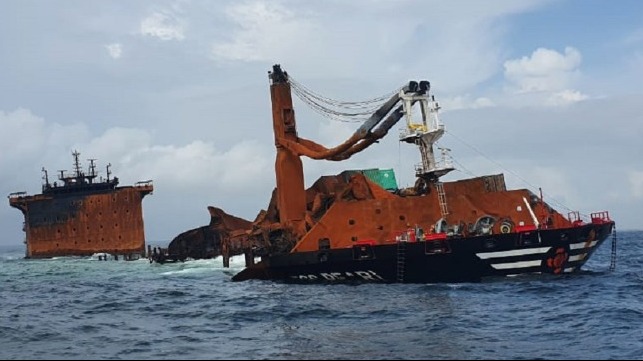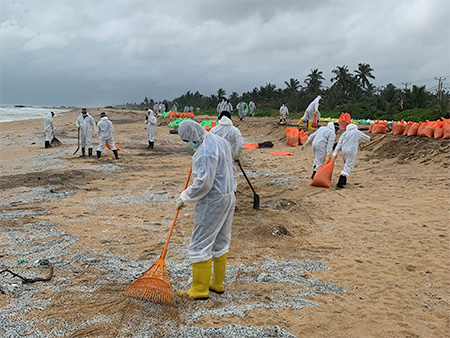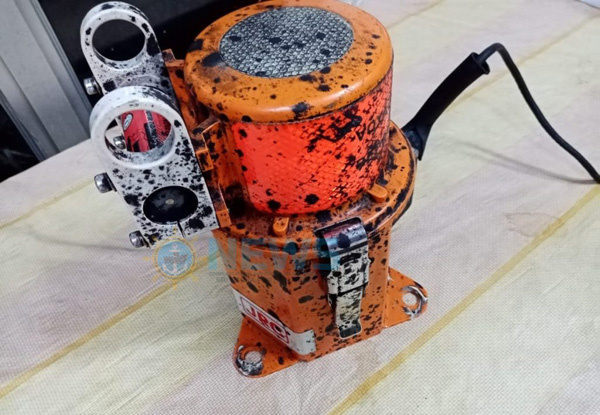The Maritime Safety Market has witnessed strong growth owing to the growing number of external threats such as smuggling and piracy, regulations in favor of necessitating security standards, and the proliferation of international trade by sea.
JERSEY CITY, N.J., June 22, 2022 /PRNewswire/ — Verified Market Research recently published a report, “Maritime Safety Market” By Technology (Surveillance and Tracking, Detectors), By Service (Maintenance and support, Training), By End-User (Military, Government Agencies), and By Geography. According to Verified Market Research, the Maritime Safety Market size was valued at USD 22.98 Billion in 2021 and is projected to reach USD 44.02 Billion by 2030, growing at a CAGR of 7.74% from 2022 to 2030.
Global Maritime Safety Market Overview
The growing need to manage complex supply chain operations, rising awareness regarding maritime safety, growing trade and freight transport activities through the sea, and regulatory compliances and standards are the major factors that are likely to drive the growth of the Maritime Safety Market. Moreover, the emergence of innovative technologies, such as GPS, RFID, AR, robotics, and Blockchain; the development of solutions for reducing maritime terrorism and piracy; and opportunities across untapped regions are estimated to create opportunities for companies operating in the Maritime Safety Market.
However, there are some restricting factors including stringent environmental regulations and compliance issues, a lack of uniform standards to implement security solutions in the marine industry, and increasing criminal activities that may hinder the growth of the Maritime Safety Market. The Global Maritime Safety Market is principally driven by the global acceleration of trade and freight transportation activities by sea coupled with regulatory compliances and standards for trade by maritime. The rising threat to maritime safety and the growing awareness regarding the same are the other chief drivers of the Global Maritime Safety Market.
Key Developments
- In September 2021, the Coast Guard Administration (CGA) of Taiwan announced a new project for the replacement of 23 aging coastal radar stations in southern and eastern Taiwan and on the outlying Islands. The overhaul of radar systems is projected to enhance the monitoring capabilities of Taiwan’s coastal radars. The project is estimated to begin in 2022 and run through 2024.
Key Players
The major players in the market are Elbit Systems Ltd., Saab Group, Raytheon Anschütz GmbH, Northrop Grumman Corporation, Honeywell International, Inc., Harris Corporation, BAE Systems PLC, Kongsberg Gruppen ASA, Leonardo-Finmeccanica, Signalis SA.
Verified Market Research has segmented the Global Maritime Safety Market On the basis of Technology, Service, End-User, and Geography.
- Maritime Safety Market, By Technology
- Maritime Safety Market, By Service
- Maritime Safety Market, By End-User
- Maritime Safety Market, by Geography
Visualize Maritime Safety Market using Verified Market Intelligence -:
Verified Market Intelligence is our BI Enabled Platform for narrative storytelling in this market. VMI offers in-depth forecasted trends and accurate Insights on over 20,000+ emerging & niche markets, helping you make critical revenue-impacting decisions for a brilliant future.
VMI provides a holistic overview and global competitive landscape with respect to Region, Country, Segment, and Key players of your market. Present your Market Report & findings with an inbuilt presentation feature saving over 70% of your time and resources for Investor, Sales & Marketing, R&D, and Product Development pitches. VMI enables data delivery In Excel and Interactive PDF formats with over 15+ Key Market Indicators for your market.
SOURCE Verified Market Research








